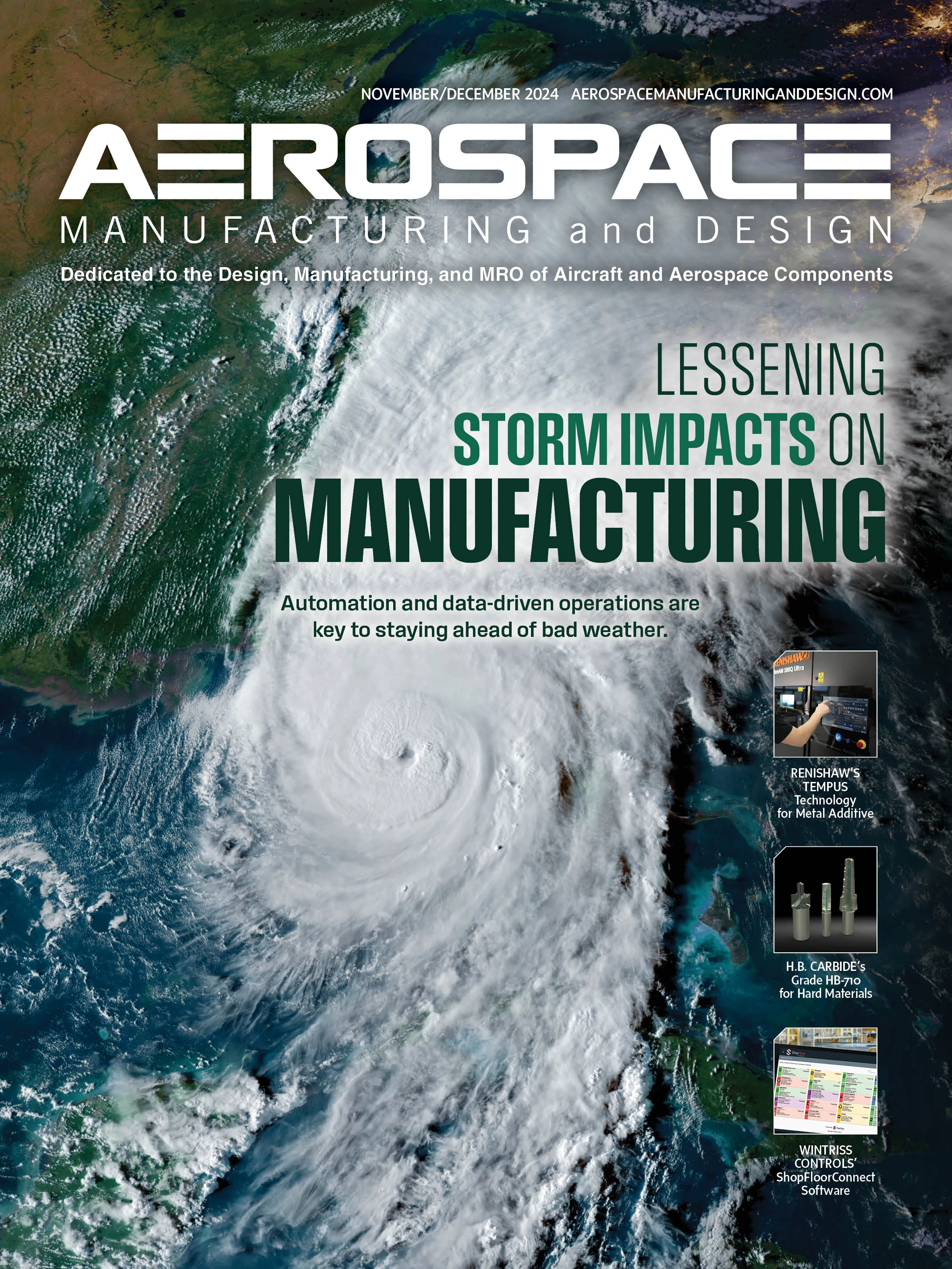
“Manufacturing capability has enabled workpieces to become more complex, with more features,” Detlef Streichert, general manager for global key accounts explains. Machining these complex parts on multiple machines wastes time and energy. “Process Integration starts with using a state-of-the-art 5-axis mill-turn machine or hybrid machine with laser application for Additive Manufacturing (AM). These capabilities on one platform can integrate many different processes efficiently to manufacture workpieces having more design features.”
Combining processes is key
Process Integration goes hand in hand with feeding a machine tool, increasing its capability by putting more parts in and out. However, it also handles pallets and fixtures more efficiently than before. “Process Integration also paves the way for automating complex processes beyond simply handling single pallets,” Streichert adds. “Combining processes and increasing workpiece handling not just for specialized production, but for a universal machine tool is new and advanced.”
“In gear production, for example, typically you had a lathe preparing a blank that would then go to a dedicated gear production machine, then into a milling machine and a grinding machine,” Luke Ivaska, national manager of engineering explains. “With Process Integration, we’re doing all those steps on one platform instead of three or four, leading to better quality, better throughput, and a large reduction in floor space and energy consumption. This is the basis for MX - Machining Transformation.”
Automation is the next step
DMG MORI is a leading provider of automation solutions. “Because we’re developing machine tools as well as automation solutions, we can design both in parallel,” Ivaska says.
“One form of Automation is workpiece handling, where a robot or a cobot are loading parts into or out of a machine. We also offer pallet handling using either full-on machine pallets or zero-point pallets from industry suppliers. With those, we can do scheduling, look-ahead, and integrate tool life management for the pallet system. LPS is software we developed to drive our Linear Pallet Pool (LPP) system. We’re seeing larger shops and production facilities integrate the software directly into their Enterprise Resource Planning (ERP) system, providing direct communication for scheduling and planning production.”
Digital transformation
“When you’ve done Process Integration and Automation, increasing efficiency, this leads to Digital Transformation,” Streichert adds. “Because you’re digitally tracking all aspects of the comprehensive transformation, feedback from the machine will be in line with the design, production, and quality management information you then can use for marketing, sales, service, training, and internal documentation. From the manufacturing point of view, that goes through every department of the manufacturing environment. This is the concept of MX - Machining Transformation.”
More information
https://us.dmgmori.com


Explore the November/December 2024 Issue
Check out more from this issue and find your next story to read.
Latest from Aerospace Manufacturing and Design
- Lockheed Martin completes Orion for Artemis II
- Cylinder CMMs for complex symmetrical workpieces
- University of Oklahoma research fuels UAS development
- Motorized vision measuring system
- Everyone's talking tariffs
- Boom Supersonic to launch Symphony engine testing in Colorado
- Next-generation precision measurement solution
- #60 - Manufacturing Matters: What's ahead in manufacturing in 2025?





